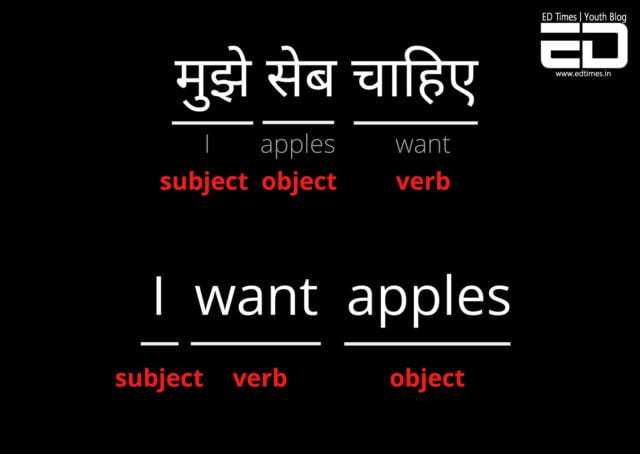Learning new languages is never a waste of time, and it shouldn’t be limited to whether it caters to the interest of understanding a certain kind of entertainment better. New language, new culture, regardless of whatever purpose it serves, is always exciting to learn afresh.
Being an average Indian youth, it is known that we are all mostly bilingual (native language + English). Until and unless we are a K-pop fanatic or an anime fan, we do not personally take any interest to learn another one. The maximum we may have done is learn French at school.
It doesn’t matter if you are not learning a language to increase job prospects. There is never a concept called “learning a new language aimlessly”. It is scientifically proven that taking up a new language decreases the chances of Alzheimer’s and dementia, and increases our problem-solving skills and memory.
On that note, you could start with anything that catches your eye. Italian, if you want to further understand their divine cuisine. Japanese, if you want to find a well-paying job in Tokyo as an engineer. Spanish, that can help you understand Latin music better. Anything.
But if you are hopelessly stuck right now, let me introduce you to Korean (Hangul). Especially to the vocabulary and the phonetics of South Korea, since it differs to an extent from the North Korean’s.
As an Indian, it is one of the easiest non-Indian languages that you can learn from scratch. Many of what I will be explaining will only further substantiate my point.
It Is An S-O-V Language:
^Just like many Indian languages. S-O-V (Subject-Object-Verb) is the common sentence structure for many Asian languages. Thus, even learning Korean as a translation from Hindi or Tamil is going to be a breeze when you can verbally communicate it without feeling awkward. On that note, learning Korean from English, that follows an S-V-O structure is much harder.

It Too Has Particles That’s Tough To Explain:
There must be something like this in all Indian languages, like the “-al” from Tamil here. How are you going to explain it to someone oblivious to our country’s languages why such random particle is important to make the sentence grammatically correct?
Korean has the same thing going on, so learning it in depth without fretting over the use of these little bumps is going to relieve you from a lot of confusion.
The Written Alphabet:
As you can see from the chart, the way consonants are treated with vowels to form words are surprisingly very similar to how India does.
Adding specific strokes to an existing consonant to give it a certain sound corresponding to its vowel is just like how it’s done here. This is unlike the European languages, which adds the vowel as a whole to give a certain phonetic.
Also Read: Are South Koreans Born Out Of This Indian Princess From Ayodhya?
It Is Much Easier Than Other Mainstream East-Asian Languages Such As Japanese And Chinese:
Though containing different dialects such as Mandarin and Cantonese, the Chinese have one writing system (Hanzi). It is entirely based on logographic symbols of each and every word, and there are nearly 40,000 in their vocabulary! You need at least 3,000 in hand to be called a “literate”.
As for Japanese, there are 3 different scripts. 2 scripts are similar to Hangul, but each phonetic gives a completely different looking letter. The 3rd script, Kanji, works like Hanzi, with a unique representation of each word. Typically, all 3 scripts are used in a normal sentence.
But Korean is the one and only Hangul – no extra logographic script. I mean, it (Hanja) was present in the past, but now it is limited to academic writing, religious texts, and newspaper headlines. Its importance rises up when learning advanced level Korean or homonyms.
An additional bonus: If you are a Tamilian, it’s even easier to learn Korean. A good amount of Korean vocabulary sounds extremely similar to Tamil vocabulary. There is also a theory revolving it that explains this similarity present.
There you have it folks, it’s all up to you now from here. Though I’m primarily learning Japanese, I can still vouch for it over the difficulties of learning other European languages. You could start self-studying Korean by;
1. Familiarising yourself with writing and pronouncing Hangul, and
2. Learning grammar and sentence structure – all through YouTube and other resources.
Actively seek out for Korean words all over the Internet to build your vocabulary, and looking out for it through sentences and paragraphs really helps to learn the context by which such words must be used.
Better yet, try taking online or physical classes, since having a mentor makes a world of difference. They’ll always be there to aid your learning and correct you when you go wrong. Good luck!
Image Sources: Google Images, Self
Sources: The Hindu, 90 Day Korean, Britannica
Find The Blogger: @PoppyDotWot